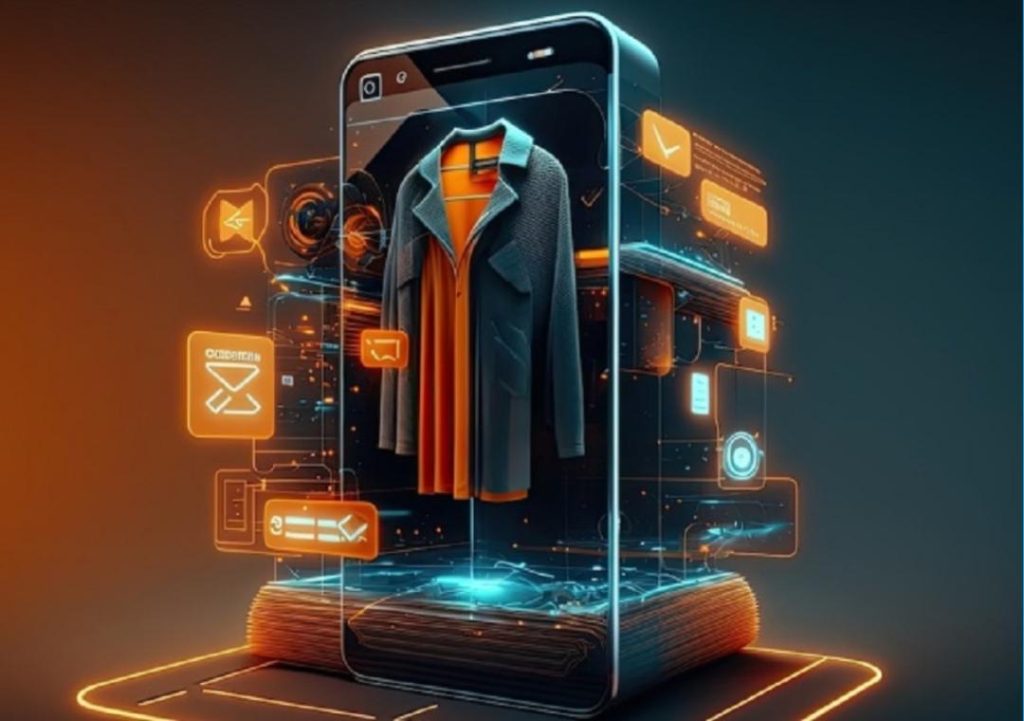
How AI, AR & Automation are Redefining Online Shopping in 2025
Online shopping has come a long way since its inception. From browsing through static product pages to enjoying a seamless and immersive experience, the industry has undergone a significant transformation. The advent of AI, AR, and automation has revolutionized the way we shop online, making it faster, more personalized, and frictionless. In this blog post, we’ll explore how these technologies are redefining online shopping in 2025.
AI-Powered Personalization
AI-powered chatbots are now an integral part of online shopping. These intelligent assistants can understand customer queries, provide relevant recommendations, and even help with order tracking. AI-driven chatbots have improved customer satisfaction, reduced bounce rates, and increased conversions.
One of the most significant advantages of AI-powered personalization is the ability to tailor the shopping experience to individual customers. By analyzing their browsing history, purchase behavior, and preferences, retailers can offer targeted recommendations, making the shopping process more engaging and efficient.
Smart Recommendations
Smart recommendations are another area where AI is making a significant impact. These recommendations are based on machine learning algorithms that analyze customer behavior, product characteristics, and purchase patterns. With smart recommendations, customers can discover new products, explore related items, and even find alternatives to products they’re interested in.
For instance, if a customer is browsing through a fashion e-commerce site, AI-powered smart recommendations could suggest similar products from other brands, or even offer styling tips based on their preferences.
Voice Commerce
Voice commerce is another area where AI is making waves. With the rise of smart speakers and virtual assistants, customers can now shop online using voice commands. Voice commerce has made online shopping more convenient, especially for customers who prefer a hands-free experience.
Retailers are leveraging voice commerce to offer unique shopping experiences, such as voice-controlled product demos and personalized recommendations. With voice commerce, customers can browse, search, and purchase products using simple voice commands, making online shopping more accessible and user-friendly.
AR Virtual Try-Ons
AR (Augmented Reality) virtual try-ons are revolutionizing the way customers interact with products online. By using AR-powered try-ons, customers can see how products would look on them without having to physically try them on.
AR-powered try-ons are particularly effective in the fashion and beauty industries, where customers often struggle with sizing and color accuracy. With AR, customers can see exactly how a product would look on them, reducing returns and improving customer satisfaction.
Automated Logistics
Automation is another area where technology is making a significant impact on online shopping. Automated logistics have streamlined supply chains, reducing delivery times and improving customer satisfaction.
With automated logistics, retailers can track orders in real-time, provide accurate delivery estimates, and even offer same-day or next-day delivery options. Automation has also reduced labor costs and improved inventory management, making it a win-win for both retailers and customers.
Supply Chain Automation
Supply chain automation is another area where technology is making a significant impact. With automation, retailers can optimize inventory levels, reduce stockouts, and improve order fulfillment rates.
Supply chain automation has also improved inventory visibility, allowing retailers to track products in real-time and respond quickly to changes in demand. With automation, retailers can also reduce lead times, improve product freshness, and even offer same-day delivery options.
Conclusion
Online shopping is undergoing a significant transformation, driven by the adoption of AI, AR, and automation. From AI-powered chatbots to AR virtual try-ons, these technologies are improving the user experience, increasing customer satisfaction, and driving conversions.
As online shopping continues to evolve, retailers must stay ahead of the curve by adopting these technologies and leveraging their benefits. By providing a seamless, personalized, and immersive experience, retailers can build strong customer relationships, increase customer loyalty, and drive business growth.
News Source:
https://www.growthjockey.com/blogs/e-commerce-tech-trends-online-shopping






